Part 2: Six Expert Tips for Making Your Build or Reno More Green
In the second of a two-part series, four architects reveal how to reduce the environmental impact of your reno or build
Whether you’re renovating or building from scratch, it’s a great opportunity to make your home environmentally friendly. From sourcing local materials to designing easy-to-clean spaces with an eye to the future, here are six expert insights you need to know if you’re keen to go green. And you can read the first story in this two-part series here.
2. Pick the right designer
It may seem obvious, but if a sustainable build or reno is your focus, it’s important to work with
an architect or building designer who specialises in this area. “Choose a designer who understands passive solar design principles – good design saves energy and materials, and will make your home more functional, comfortable and beautiful,” says Rhiannon Hayward-Steers, architect at Hindley & Co.
Looking for an interior designer who specialises in eco-friendly design? Find one near you on Houzz
It may seem obvious, but if a sustainable build or reno is your focus, it’s important to work with
an architect or building designer who specialises in this area. “Choose a designer who understands passive solar design principles – good design saves energy and materials, and will make your home more functional, comfortable and beautiful,” says Rhiannon Hayward-Steers, architect at Hindley & Co.
Looking for an interior designer who specialises in eco-friendly design? Find one near you on Houzz
3. Use sustainable and recycled materials
When you’re building or renovating your dream home, don’t get caught up in the idea of having the newest and shiniest products. Materials such as recycled timber are not only an environmentally sound choice, but they can add real character to spots such as benchtops, floors and walls. “Recycled bricks and roof tiles are other products you might consider using,” says Kirsten Johnstone, director at Kirsten Johnstone Architecture.
When it comes to timber, seek out species that are responsibly sourced. “Renewable plantation timber, preferably locally sourced, is the most sustainable building material because it can be regrown and the plantations store carbon,” says Anne Hindley, architect and director at Hindley & Co.
When you’re building or renovating your dream home, don’t get caught up in the idea of having the newest and shiniest products. Materials such as recycled timber are not only an environmentally sound choice, but they can add real character to spots such as benchtops, floors and walls. “Recycled bricks and roof tiles are other products you might consider using,” says Kirsten Johnstone, director at Kirsten Johnstone Architecture.
When it comes to timber, seek out species that are responsibly sourced. “Renewable plantation timber, preferably locally sourced, is the most sustainable building material because it can be regrown and the plantations store carbon,” says Anne Hindley, architect and director at Hindley & Co.
So how do you know if the products you’re choosing are sustainable? Look for industry-recognised certification, says Johnstone, such as:
- Global GreenTag provides certification for many products and is recognised in over 70 countries, including Australia. It is compliant with numerous ISO (International Organization for Standardization) standards, providing internationally accepted quality-management standards.
- Forest Stewardship Council (FSC) provides a certification process for environmentally responsible, socially beneficial and economically responsible forest management for timber products.
- Good Environmental Choice Australia (GECA) is an independent Australian assessment program that considers the environmental impact of a product over its life cycle and aims to reduce the effects of toxic chemicals as well as products’ social and ethical impact.
4. Ask more questions
“Designing sustainably is not just about the initial choices you make. It also includes asking deeper questions, such as, ‘How is the product manufactured? Who made it (was it produced in the equivalent of a sweatshop and shipped from overseas)? When and where should this product be used?’” says Johnstone.
“Designing sustainably is not just about the initial choices you make. It also includes asking deeper questions, such as, ‘How is the product manufactured? Who made it (was it produced in the equivalent of a sweatshop and shipped from overseas)? When and where should this product be used?’” says Johnstone.
5. Upgrade to energy-efficient tech
Hayward-Steers recommends reducing your reliance on the grid (and seeing your power bills tumble) by specifying energy-saving heating and cooling technology. “Think solar panels, high-efficiency heat pumps and geothermal heating and cooling,” she says.
And when you are shopping for major appliances such as fridges, dishwashers, dryers and washing machines, seek out energy-efficient styles that consume less water and power.
Hayward-Steers recommends reducing your reliance on the grid (and seeing your power bills tumble) by specifying energy-saving heating and cooling technology. “Think solar panels, high-efficiency heat pumps and geothermal heating and cooling,” she says.
And when you are shopping for major appliances such as fridges, dishwashers, dryers and washing machines, seek out energy-efficient styles that consume less water and power.
6. Make it easy to clean
Create a healthier interior by choosing finishes that can be easily cleaned without toxic chemicals, including tiles and timber floorboards, and appliances that can be wiped down easily, says Scipioni.
In the kitchen, she says, consider:
Create a healthier interior by choosing finishes that can be easily cleaned without toxic chemicals, including tiles and timber floorboards, and appliances that can be wiped down easily, says Scipioni.
In the kitchen, she says, consider:
- Matt and semi-gloss kitchen cabinetry finishes that reduce the visibility of fingerprints and stains.
- Non-porous stone or glass splashbacks and benchtops – they are durable, extremely hygienic and simple to clean.
- Create as much storage as possible to keep benchtops clutter-free and easy to wipe down.
- Incorporating an appliance cabinet where you can store and easily access frequently used appliances such as the microwave, kettle and food processor.
In the bathroom, consider:
- Wall-hung vanities and toilets that are easy to clean underneath.
- A back-to-wall bath rather than a freestanding style if your bathroom is small – there are fewer hard-to-reach spots to scrub with toxic cleaning agents.
- Large-format tiles with fewer grout lines to clean.
- Recessed or semi-recessed basins; the joint between the basin and benchtop is minimised, allowing a long-lasting and easy-to-clean fixture.
Minky M Cloth Bathroom: CleanHQ.
Give your healthy cleaning routine a further boost by choosing eco-conscious cleaning supplies that keep your home sparkling without the nasty chemicals.
You can source specially designed cloths, such as Minky M cleaning pads, which are treated with a long-lasting, anti-bacterial protection that prevents bacteria growth between uses. These household cleaning cloths are made from millions of tightly woven high-density microfibres – seven times more than a standard microfibre cloth – so the results yield a truly clean finish without the need for toxic chemicals.
Your turn
Did you find this story useful? In the Comments below, tell us how you have upped the eco cred in your home and remember to like this story, save the images and join the conversation.
More
Want more on living and decorating sustainably? Don’t miss this story: 7 Ways to Be More Sustainable at Home on a Budget
Give your healthy cleaning routine a further boost by choosing eco-conscious cleaning supplies that keep your home sparkling without the nasty chemicals.
You can source specially designed cloths, such as Minky M cleaning pads, which are treated with a long-lasting, anti-bacterial protection that prevents bacteria growth between uses. These household cleaning cloths are made from millions of tightly woven high-density microfibres – seven times more than a standard microfibre cloth – so the results yield a truly clean finish without the need for toxic chemicals.
Your turn
Did you find this story useful? In the Comments below, tell us how you have upped the eco cred in your home and remember to like this story, save the images and join the conversation.
More
Want more on living and decorating sustainably? Don’t miss this story: 7 Ways to Be More Sustainable at Home on a Budget






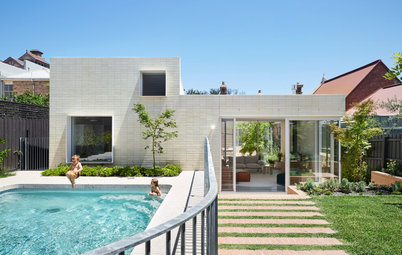

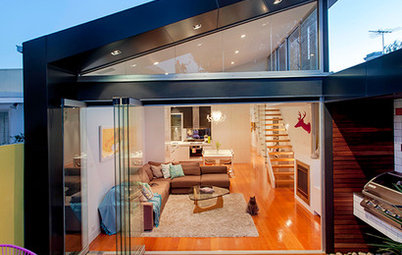
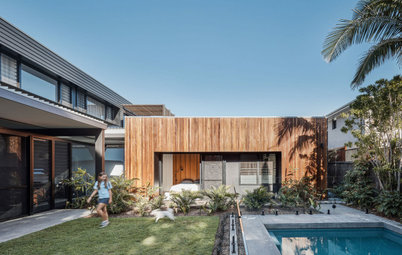
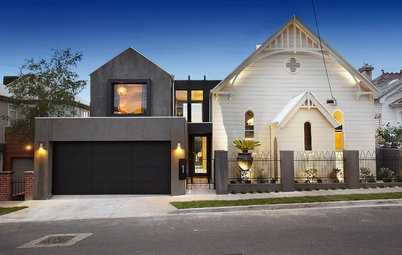
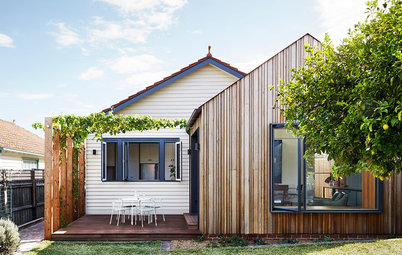
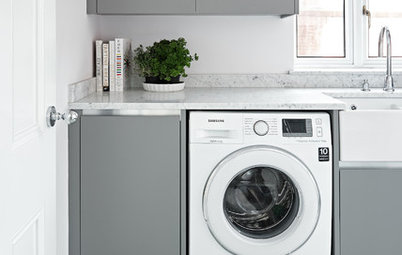
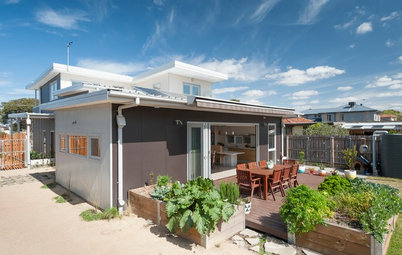
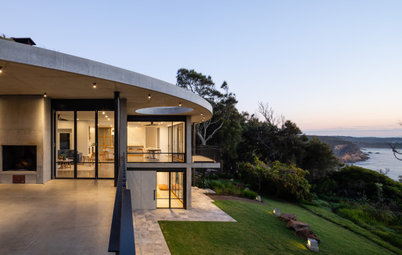
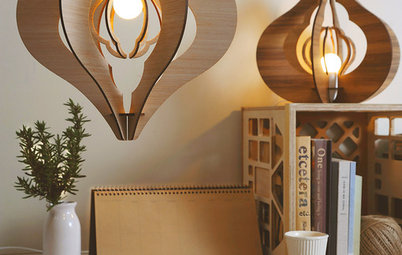
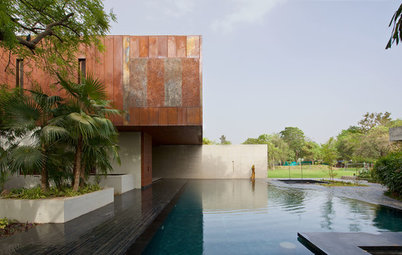
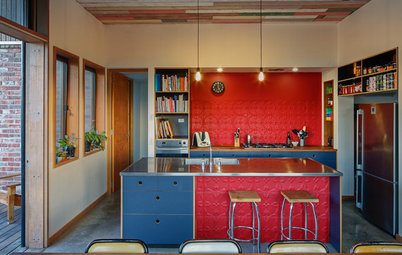
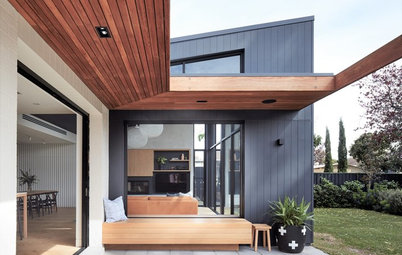
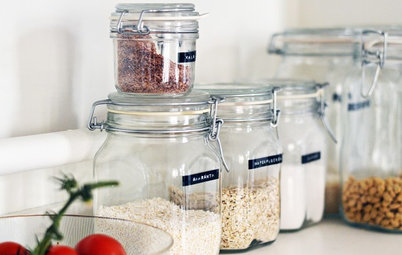
If you’re building or renovating on a budget, it can be tempting to go for the cheapest products and materials. But this can often be a false economy, leading to unnecessary waste, says Nathalie Scipioni, architect and director at Nathalie Scipioni Architects.
“Renovators often focus on the price of products and materials, finding it more affordable to source them overseas. But many cheap, overseas products are very often not of the same quality [as the more expensive, local equivalents] and end up breaking down faster and more often. This can result in repair costs, replacements and waste. As such, it is always best to prioritise durability and quality over price,” she says.